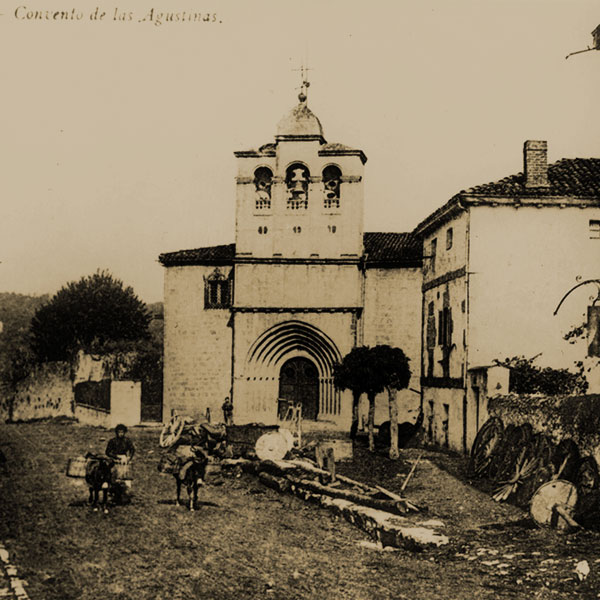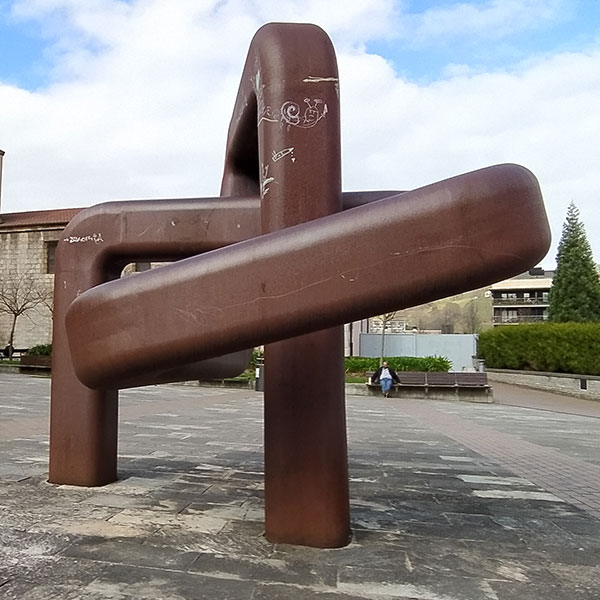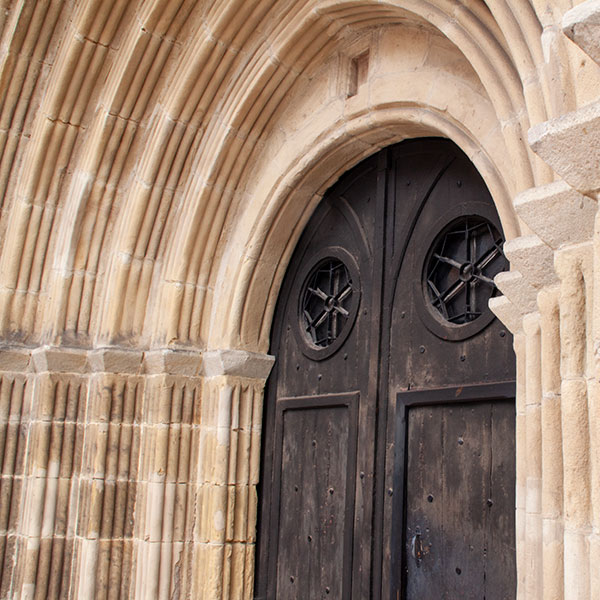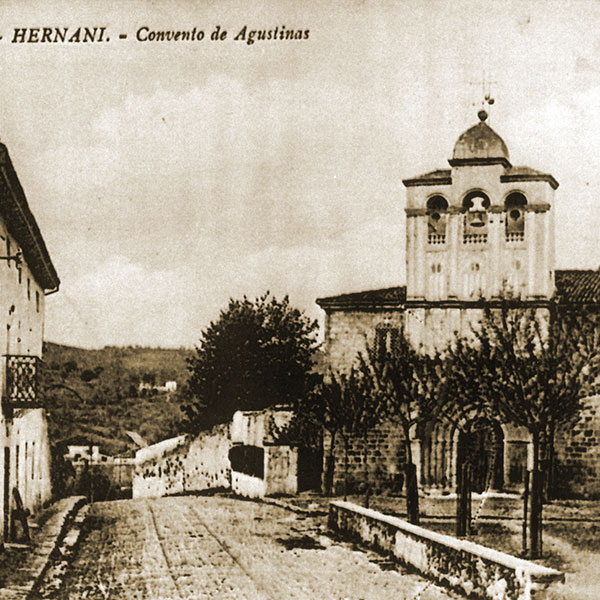How to get
1. Convent of Saint Augustine
Convent
of Saint Augustine
The church in the Middle Ages
Doña Mariana & Doña María were two sisters of strong religious beliefs, determined to dedicate their lives to prayer. For this purpose, together with other women from influential families, they founded the béguinage, which would give rise to the monastery of Saint Augustine, around 1545.
Their father, Juan Martínez de Ereñozu, possibly the most influential man in Hernani at the time, became the main promoter of the construction work which, in the end, would become the main cause of his financial ruin. Juan died years later in Sempere, burdened by debts and on the run from justice.
The Ereñozu family, thanks to the prestige of their ironworks, achieved a status that was unthinkable for a family that was not part of the nobility. In a way, building the monastery of St. Augustine meant securing a place in the afterlife, but more importantly, it was a way of gaining the respect of the elites of the day. Thereafter, through arranged marriages, they entered into the main lineages of the local nobility
The monastery of Saint Augustine was built on the site of the old 13th century parish church. All that remains of the former building is the Romanesque portico from the transition to the Gothic style, with pointed arches.
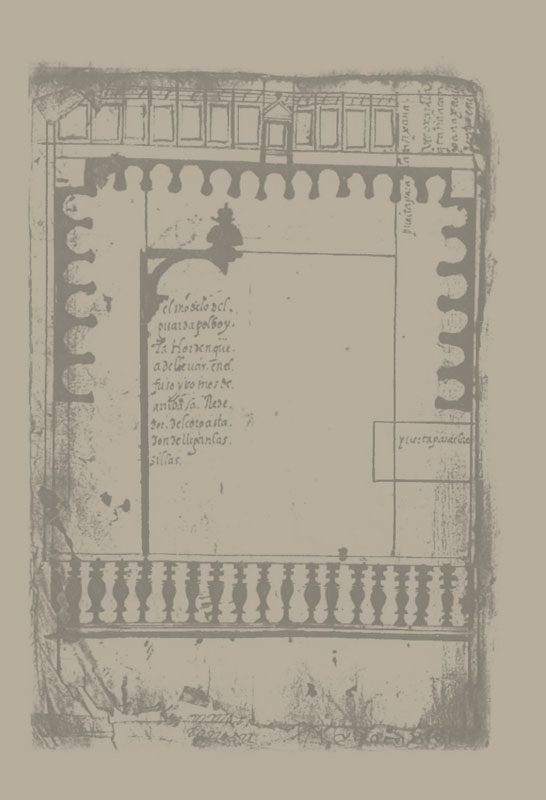
The regular Lateran Canons of St. Augustine are an order that seeks God through meditation and isolation. The rules of the cloistered monastery were very strict, yet belonging to the order was a real privilege.
It was not easy to enter such a life of austerity; in addition to passing entrance exams and repeatedly showing willingness and honour, one had to provide a dowry, belongings and a year’s worth of living expenses. After 5 years, it was no longer possible to leave the order, except to enter a more severe regime.
The convent was an economic power, which generated wealth thanks to the tithes and the exploitation of land, ironworks and other assets that private individuals contributed to the order.
The history of the monastery has always been dramatically linked to its condition outside the walls, and to the convulsive history of the border town of Hernani. For example, during the wars of 1638, 1719, 1794, 1808… the convent was destroyed, looted and taken over as barracks, and its community was forced to flee on numerous occasions.
Links of interest:
Convent of Saint Augustine:
http://ondarea.hernani.eus/hernani/liburuak/Ayerbe%20Iribar%20MR,%20San%20Agustin.pdf
Juan Martinez de Ereñozu:
http://dbe.rah.es/biografias/32105/juan-martinez-de-erenozu-berrasoeta

